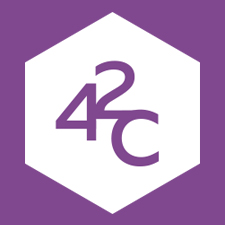Securing APIs deployed in Kubernetes implies securing the infrastructure, but also the APIs themselves. Having a perfectly setup cluster, with all possible protections in place, is only ONE aspect of the measures you need to take to prevent the vulnerabilities listed in the OWASP API Security Top 10. Other issues such as data leakage, mass assignment or broken authentication must be handled at the application level.
Although the OWASP API Security Top 10 list is not specific to Kubernetes, Kubernetes deployments created to run microservices-based, decoupled applications, increase the risk and the impact of API security problems just by the sheer number of APIs to manage and protect. In Kubernetes deployments, everything is an API. Enterprises end up having to protect 1000’s of endpoints, and to make it worse, those endpoints get re-deployed very frequently.
You may think you’re covered if you’re using a service mesh, but services meshes policies only cover some aspects of security, mostly at communications level.
In this webinar, we will:
- Explain the various security layers in a Kubernetes architecture and which approaches you can take to protect your APIs.
- Explain why it is important to defend APIs in depth, including internal APIs.
- Demonstrate how the 42Crunch Micro-API Firewall can easily be injected in a Kubernetes deployment
- Hopefully convince you that with hundreds of APIs to come, automation is your friend and you must put measures in place to discover security issues as early as possible!
Location
Get API Security news directly in your Inbox.
By clicking Subscribe you agree to our Data Policy


